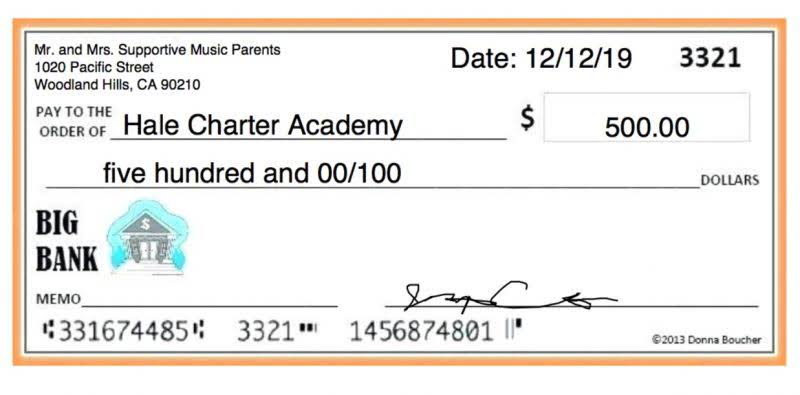
Accordingly, when the client is invoiced for an item that has an open PO, the cost does not automatically transfer to the cost of goods sold account on the Profit and Loss statement until the PO is closed. So it is important to remember the Vendor Invoice step just like the Client Invoice step because invoices in Design Manager software act as the financial triggers. We love collaborations and embrace working with architects, designers, and contractors as the best projects happen when creative brains get together and thoroughly think through all the desires of a homeowner. We’ve built a thriving online community designed to help interior designers network, find new opportunities, share inspiring designs, and learn how to become better business owners and freelancers. Cash flow is the lifeblood of every single business no matter how large or small.
Setting up a chart of accounts
All invoices and purchase orders need to be closed and completed before moving on. You also need to know what is yours to spend in your bank account and what is the client’s. This is account balance versus cash balance, which is important to know at any given time so that you aren’t accidentally spending more than you should be. Many designers think they are able to track this on their own, https://www.bookstime.com/ but things get tricky when you are working with multiple clients on multiple projects at one time! This is another reason why it is so important to have accurate financial data at all times and make sure you are effectively tracking and documenting everything. It’s essential for interior designers to consistently match their bank and credit card statements against their bookkeeping entries.
Tips to Simplify Your Interior Design Firm’s Accounting Process
Regular bookkeeping allows small businesses to budget appropriately and avoids financial instability. As a business owner, it is imperative to set aside funds for taxes. Estimate your tax liability based on your income and expenses, and allocate a portion of your earnings to cover tax obligations. Say farewell to stacks of design invoices and the hassle of manually tracking expenses—we automate bookkeeping for interior designers inputs directly from your linked accounts. Get insights from one unified dashboard, simplifying your understanding of your interior design business’s financial health and empowering you to make informed strategic decisions. Our platform enables you to automate data inputs from most major providers, eliminating common errors that can occur in the financial side of your interior design business.

Accrual Based Accounting
- Even when profits are calculated accurately, it can be difficult to understand what specific changes are needed to increase profits and grow your business.
- While relying solely on checkbooks may seem simple, it’s not always practical.
- Maintaining a system to record and reconcile payments received is crucial for accurate financial reporting.
- Then drag and drop from over 60K 3D models to fill your rooms.
- If you listen to the software providers, they’ll give an endless list of reasons why their product is the best.
- Whether you’re invoicing bi-weekly or monthly, it’s important to be consistent so that clients remain informed.
You would simply update your PO and payment so that what they are charging you matches exactly to what you’re recording on your end. For an interior design business to thrive financially, delineating expenses into well-defined categories is crucial. By systematically grouping costs under labels like materials, labor, transportation, and administrative overheads, businesses can achieve a streamlined financial analysis. Such clarity in categorization not only facilitates easier tracking and budgeting but also enhances transparency during financial reporting and audits. Start implementing the strategies and tips shared in this guide.
Identify the main categories relevant to your interior design business. These may include income from design services, product sales, or rental income. They may also include expenses such as office rent, utilities, and marketing costs.
- Maintaining organization through proper bookkeeping services can assist you to know exactly where your money is coming from and going.
- Therefore, always leverage an online tool that generates financial reports in just a few clicks.
- It’s vital for interior designers to systematically arrange and safeguard crucial documents required for tax obligations.
- One of the cornerstones of effective bookkeeping in the interior design business is the regular maintenance and updating of all financial activities.
- An audit trail is a fundamental practice in maintaining financial transparency.
- Some designers will create retainers for design fees and apply that retainer to invoices as design hours are completed.
Outsourcing your bookkeeping and migrating to online accounting software saves valuable time. You’ll have an experienced bookkeeper handling your books, which is much more efficient than trying to figure it out on your own. Before selecting a final software, consider writing down how you would like your accounting processes to work. For example, do you want to automatically generate invoices based on an estimate, and then have automated reminders get sent until the invoices are paid?
As an interior designer, you need to track your income, expenses, and project costs . Understand your financial situation, make informed business decisions, and follow tax regulations. Here at Design Manager, we frequently broadcast the importance of diligent bookkeeping to operating a successful, profitable interior design business. If you find bookkeeping overwhelming or if you lack the necessary expertise, consider hiring a professional bookkeeper or accountant. These professionals can handle your day-to-day bookkeeping tasks, provide financial advice, and ensure compliance with tax regulations.
Proper documentation will ensure that you claim proper deductions and credits this will also streamline tax filing and help your interior design bookkeeping needs. As an interior designer, you may work with contractors, suppliers, and vendors who provide goods or services for your projects. It is important to record and track payments owed to these parties. This ensures that you have a clear picture of your financial obligations and helps you manage your cash flow effectively.